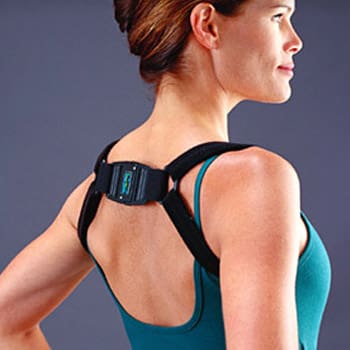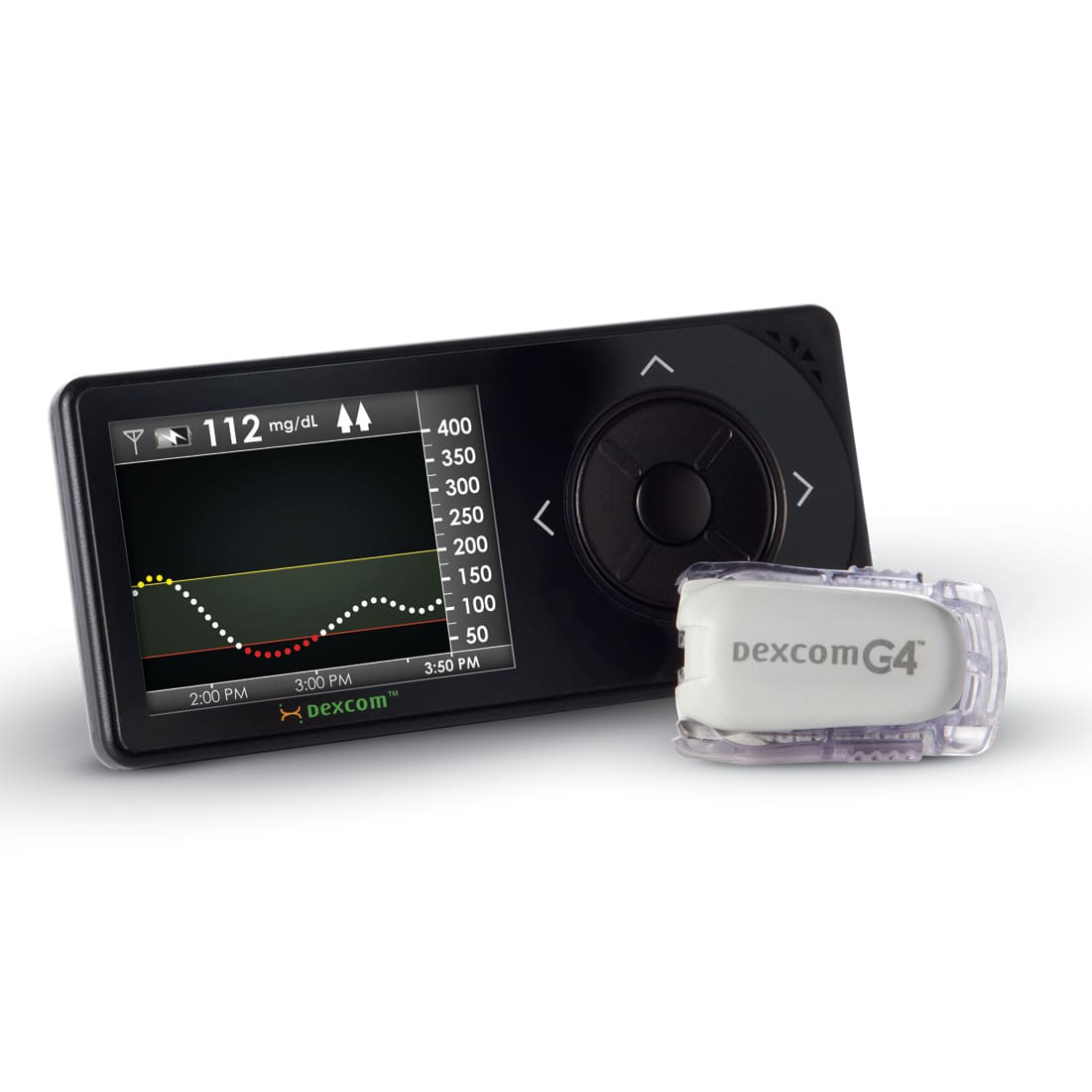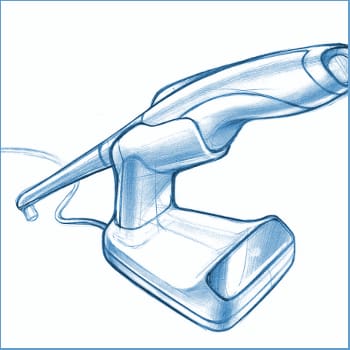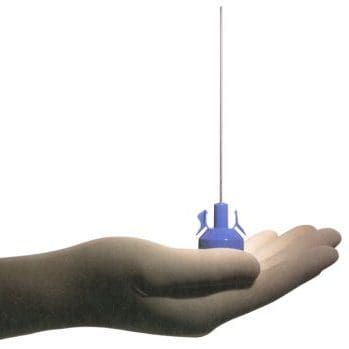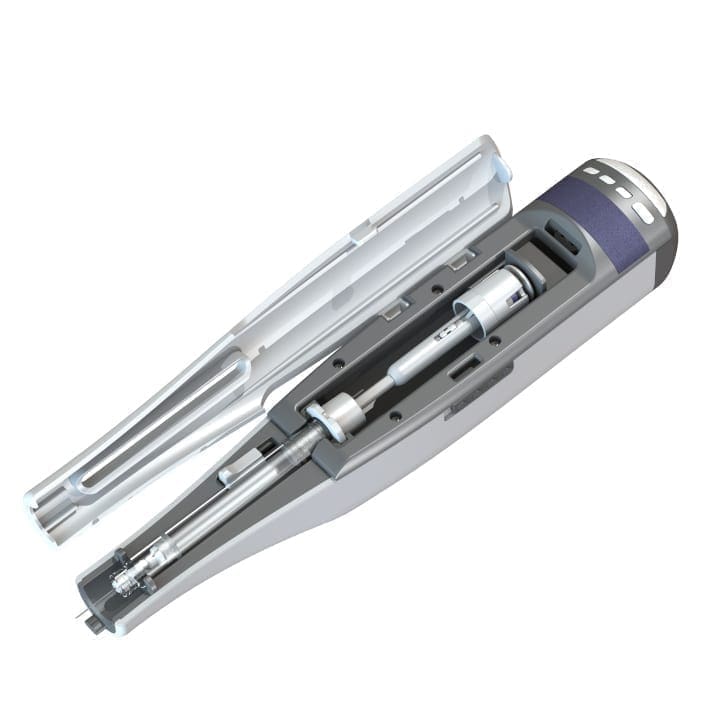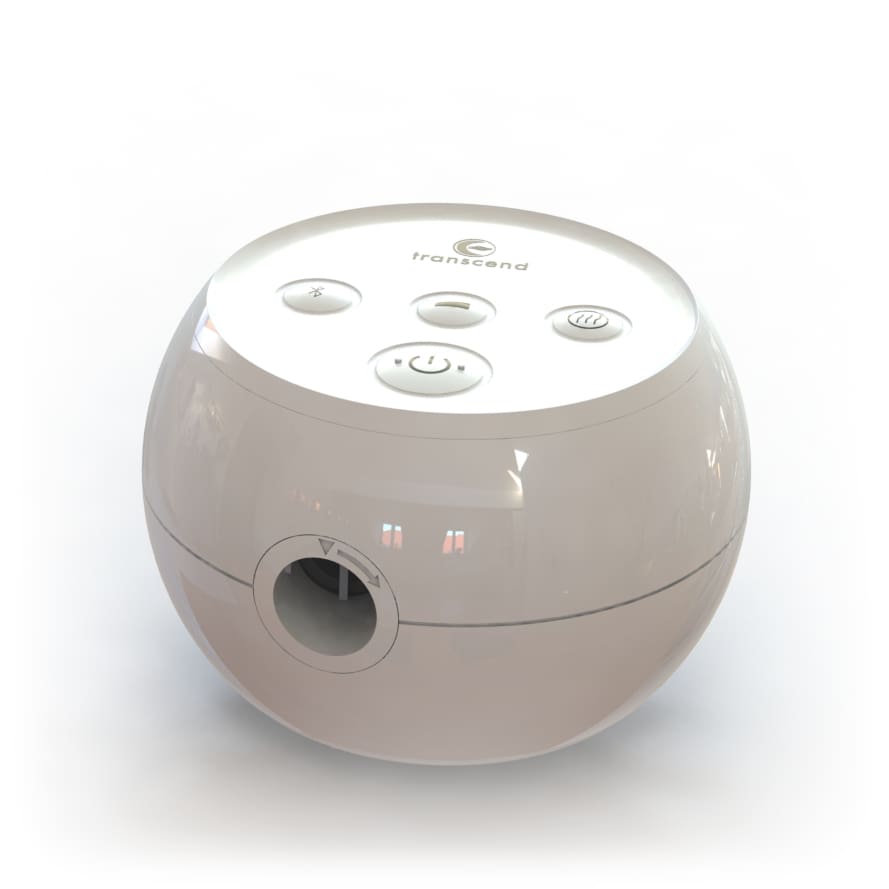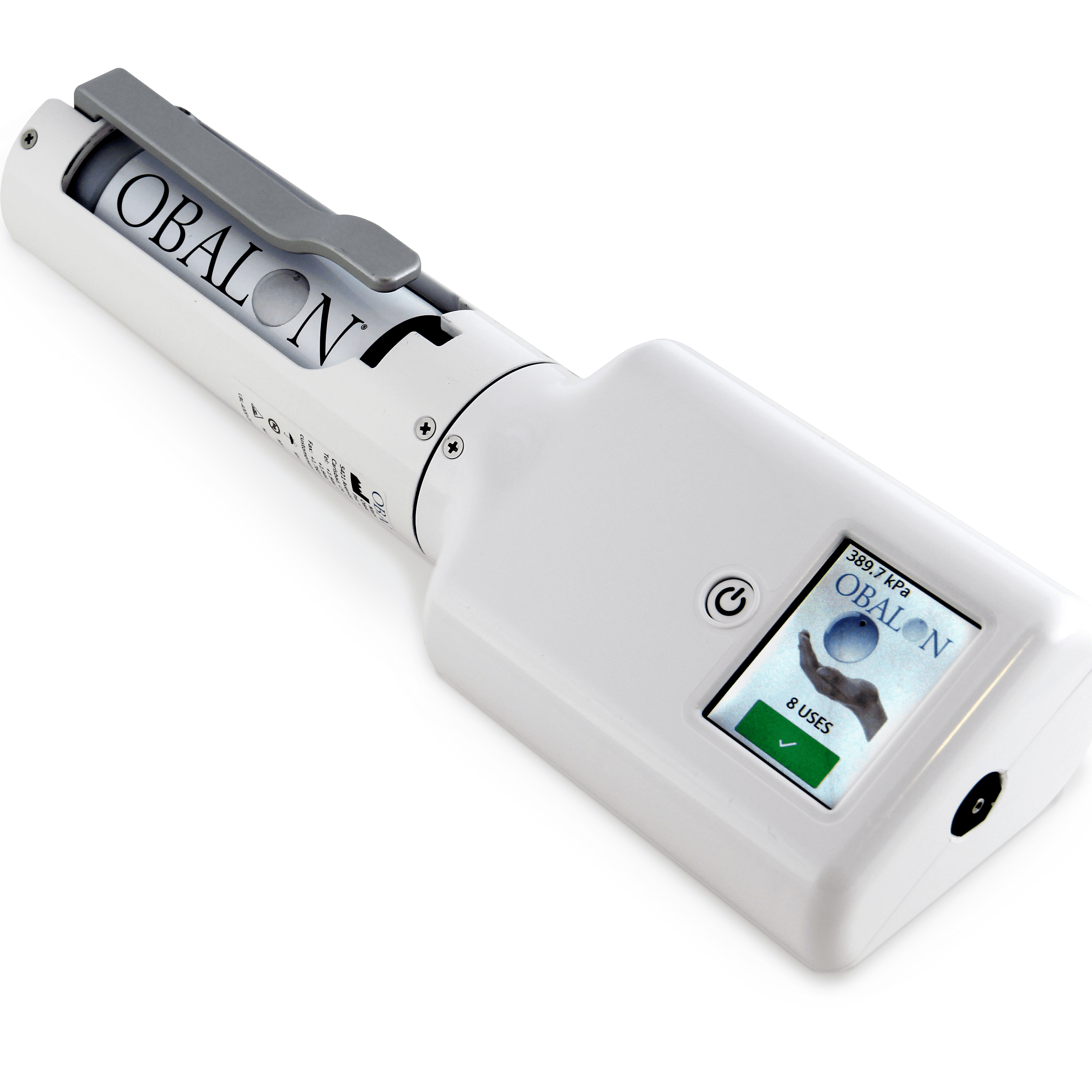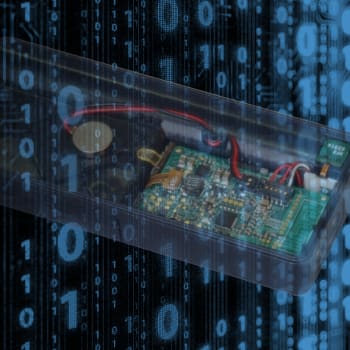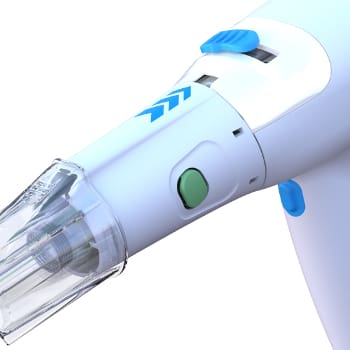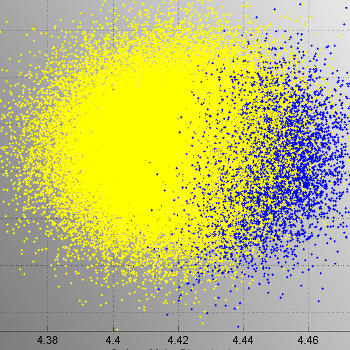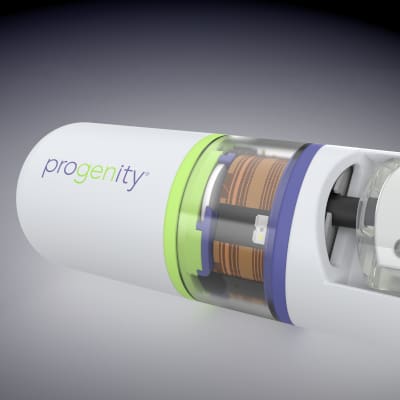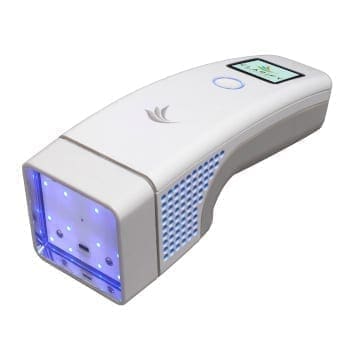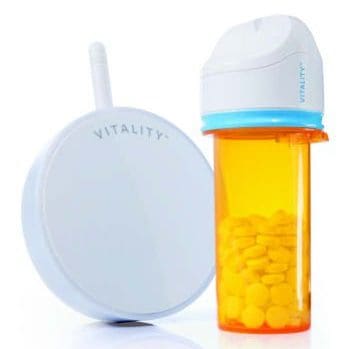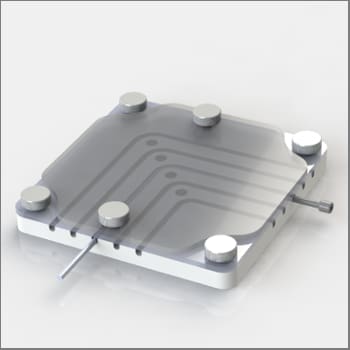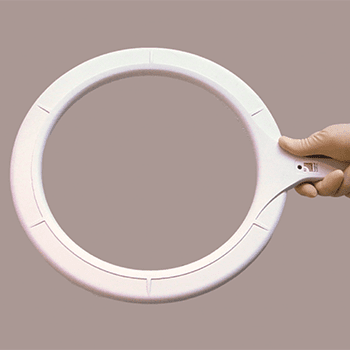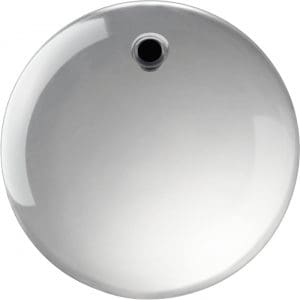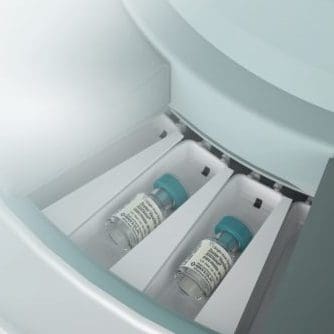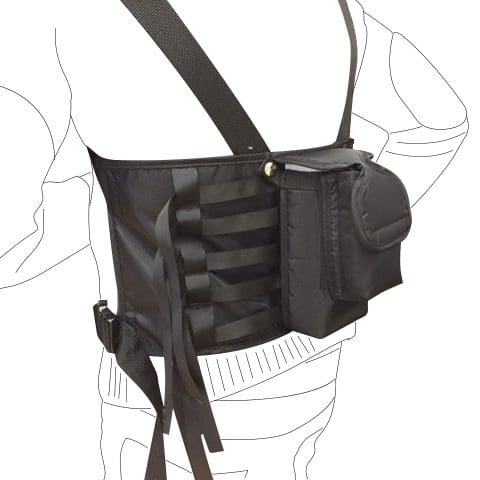DEVELOPING A FIXTURE AND METHOD TO TEST PUSHABILITY AND TRACKABILITY
INTRODUCTION
A medical device company needed a method for testing fulfillment of ISO requirements related to deliverability of its flagship stent system product. NOVO developed a test method that obtained data on two requirements in ISO 25539-2:2012, “Cardiovascular implants—Endovascular devices—Part 2: Vascular stents”: “pushability” and “trackability,” which together determine stent deliverability.
TEST MODEL DESIGN
A NOVO engineer having experience in both in vitro model development and stent system testing developed a series of test plates that mimicked the left coronary artery tree at various levels of tortuosity. A test model was designed that replicated the aortic arch and accommodated commonly used catheterization laboratory accessories, such as guide catheters. The test was conducted under visual light, but replicated clinical conditions commonly observed under fluoroscopy.
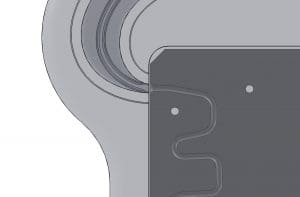
METHOD
The test method was developed to replicate a clinical procedure and the interactions commonly seen between devices, such as guide catheter back-out. In the test, the model was immersed in 37°C water and a guide catheter and guidewire were inserted into the model. The stent system was then tracked through the guide catheter, over the guidewire, and through the tortuosity. If the guide catheter became dislodged from the simulated coronary ostium at any point during the delivery attempt, the attempt was ended. A fixed number of delivery attempts were utilized at each of three levels of guide catheter support, providing quantitative data for final tracking distance.
Qualitative ratings on the following characteristics were obtained from operator observation:
- The effectiveness of the delivery system to transfer push force from the proximal section to the distal section of the stent system (pushability)
- The smoothness with which the distal section of the stent system traveled through the tortuosity (trackability)
RESULTS
This work demonstrated that the model and method were stable and clinically relevant, the device under test outperformed the predicate version, and the accessories were compatible with the model. The test plate inserts were designed parametrically so that alternate test plate designs could be easily fabricated in support of product line extension testing while maintaining baseline anatomical features.
Establishment of this method and the model concept lay on the critical path for CE mark submission of this product.
Read about stent conformability testing related to this project here.

